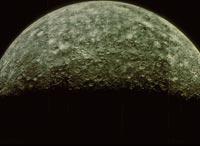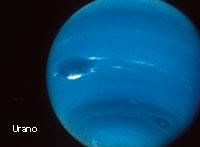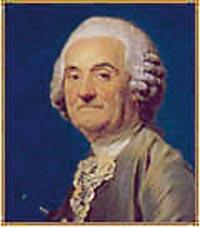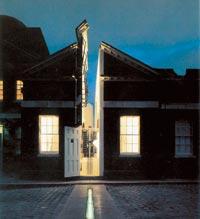Astronomer Pierre Lemonier
The Paris-born astronomer began his first astronomical observations before age 16. Presenting a concrete map of the Moon served him to enter the academy of sciences with only twenty years.
That same year astronomer Pierre Louis Maupertuis led the geodesic expedition to Lapland and Lemonnier participated in the expeditionary team. The objective of this expedition was to confirm that the Earth was crushed by the poles and for this purpose the French Academy of Sciences sent expeditions to Peru and Lapland to measure the length of the meridian degree. Measurements confirmed that the Earth was trodden by the poles. It was later observed that despite several errors in measurements, the conclusions were correct. On returning from Lapland, Lemonnier exposed in one of the memories read in the academy the advantages of the method used by John Flamsteed to calculate direct rises. Straight ascension is an astronomical coordinate that is used to locate the stars and equals the length used on Earth. It is measured in hours, minutes and seconds from the position of the Sun at the spring equinox. Flamsteed, with his method, corrected a number of mistakes that were made earlier.

Lemonnier knew British astronomy and was a passionate advocate of British instruments and methods. In his defence at the French Academy of Sciences, he had a decisive influence on the renewal of practical French astronomy. Examples of this are, for example, the transit tools he installed at the Paris Observatory. Transit instruments are special telescopes for observing and measuring the time of the stars crossing the meridian. However, in this reform Louis XV was very important. In fact, Lemonnier got the respect of the king and the king allowed him to get the best astronomical instruments of the time. And, of course, many of these tools were made in Britain.
He also had a mail relationship with the British astronomer James Bradley. Bradley described the aberration of light and discovered nutation. The aberration of light is the deviation of visible light from the stars, so we do not see the star in its real position. The phenomenon is due to the orbital motion of the Earth, just as it seems that raindrops that fall vertically when we go in a car fall diagonally. Nutation is a vibrant movement of the earth's axis. Lemonnier determined the changes that nutation produces in the solar tables, that is, in the tables that determines the hours of sunset and sunrise.
As for the planets, Saturn investigated the disturbances it causes on Jupiter, whose results were used and confirmed by the prestigious mathematician and physicist Leonhard Euler in his 1748 essay.
He also investigated terrestrial magnetism and atmospheric electricity. He discovered that atmospheric electricity has a regular pattern of activity during the day. So far the intentional or consciously realized discoveries.
Uranus, an unconscious discovery
Lemonnie had what happened many times in the history of astronomy. That is, to see planets without knowing that they are planets, which are the discoveries of the planets. In fact, the planet Uranus was recorded 23 times before identifying as a planet. John Flamsteed already in 1690 represented Uranus as a star at the bottom of the Pleiades. 34 Tauri.

Of Uranus's 23 previous findings, 12 were made by Lemonnier himself between 1750 and 1771. He always identified her as a star. Tell us: He recorded 8 times between 27 December 1768 and 23 January 1769, and could not realize the movement of the planet. At first, the ignorance of the Lemonnier movement draws attention, whose observations contained only a one-minute arc error, with quite precise measurements for the time.
Now we know that Uranus was "still" when Lemonnier made observations. The movement of the planet in direct ascension was less than a second arc and 0.1 second arc in the decline. That is, Uranus had less movement than Lemonnier's minute precision, so it was still motionless for Lemonnier's apparatus and eyes.

Pierre Lemonnier
Paris,
23/11/1715 Héril, 31/05/1799
It was approved at the Academy of Sciences on April 21, 1736, at the age of twenty, and at the Royal Society in 1739. He was one of his 144 founders. In 1971 he became invalid and died in 1979. He needed an intense genius and often presented research and results promptly. As a result, he received numerous criticisms and aggressions, which he did not easily forget.
Pierre Louis MaupertuisFrench mathematician and astronomer (Saint-Malo, 1698 – Basel, 1759). By Louis XV he directed the expedition to Lapland to measure the length of a meridian degree. He joined scientific academies from almost all of Europe. He enunciated the principle of minimum action. In his opinion, “nature, in actions, only expends what is essential”. |

John Flamsteed
Paris,
23/11/1715 Héril, 31/05/1799
English astronomer (Denby, Debyshire, 1646 – – Greenwich, 1719). He proposed the creation of the Greenwich Observatory and was its first director (175-1719). Improve observation tools and techniques and develop the star catalogue Historia Caelestis Britannica.
Buletina
Bidali zure helbide elektronikoa eta jaso asteroko buletina zure sarrera-ontzian











